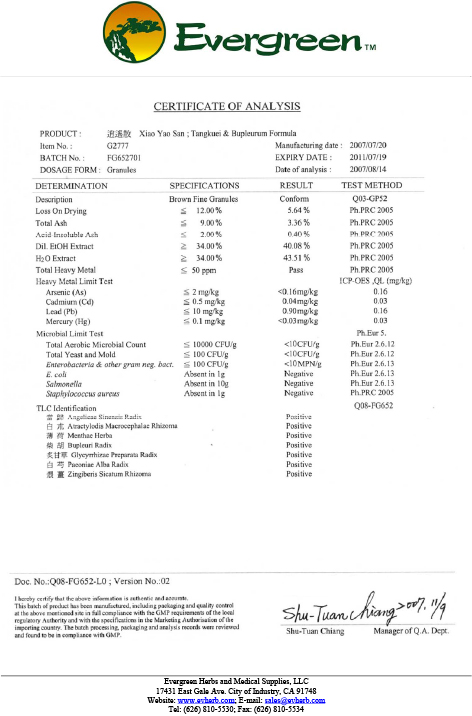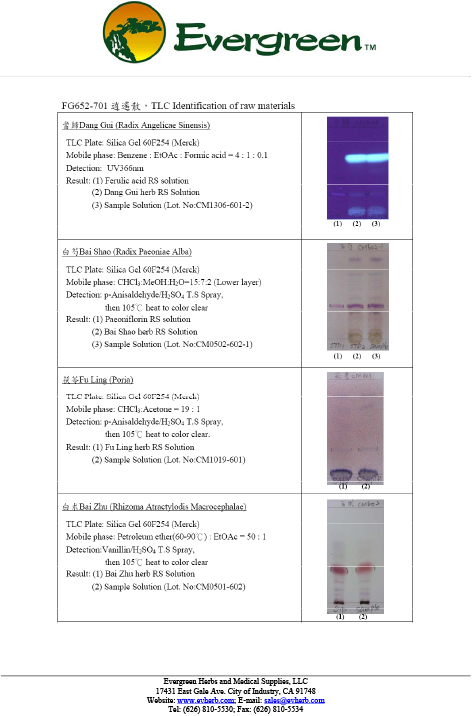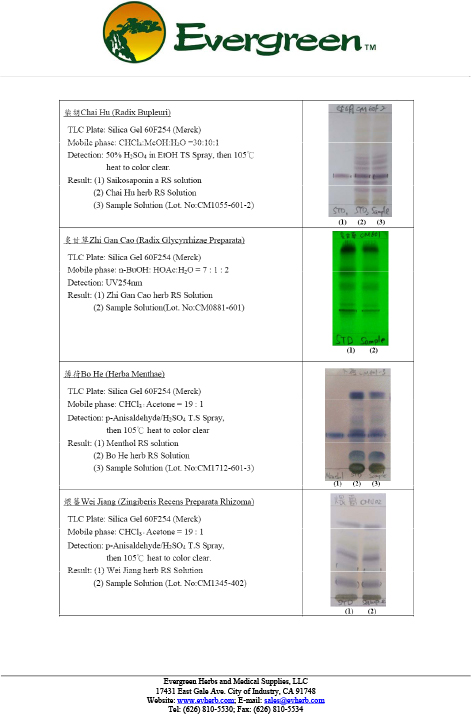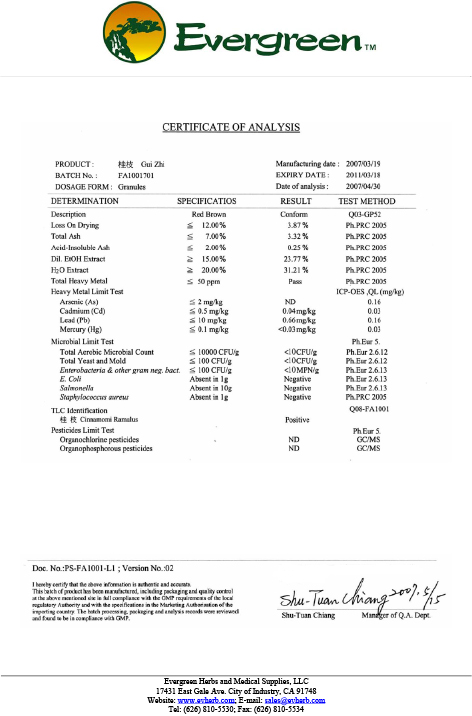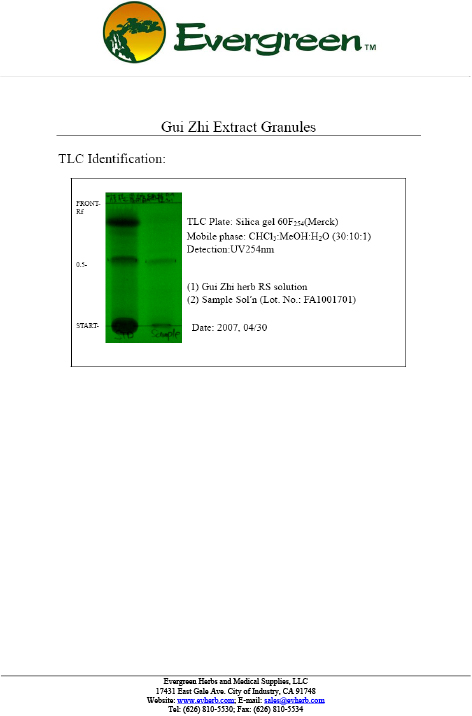LOOK at the herbs (single herb or formula; tablet, pill, capsule or granule)
Any sign of raw herb fiber or varying color or texture indicates a high proportion of bio-inactive material. In addition to fiber, these products may contain foreign substrates such as sand, debris, fungi, spores, sulfur, and insect eggs. Some raw herb tablets contain dangerous amounts of heavy metals, herbicides, and pesticides. Tablets and capsules made from extracts will have uniform texture, unlike those made from raw herbs.
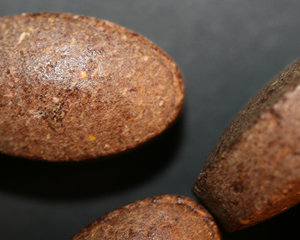
TASTE the herbs
Test the purity of the product by tasting it. Gritty texture may indicate a high concentration of sand, fiber, and foreign substances. This is an indication that there was insufficient cleaning prior to making the herbs into an end product. If it has an unusually sweet taste, or if the mixture feels sticky on your fingers, then there is a high possibility that the finished product consists mostly of sugar. If the herb appears dark and has a burnt or overly bitter taste, it is over-cooked and the active ingredients may have been destroyed.
DISSOLVE the herbs in warm water
Tablets should become soft and crushable. Those that are pressed too tightly will fail this test. Tablets that do not disintegrate will not be absorbed.


